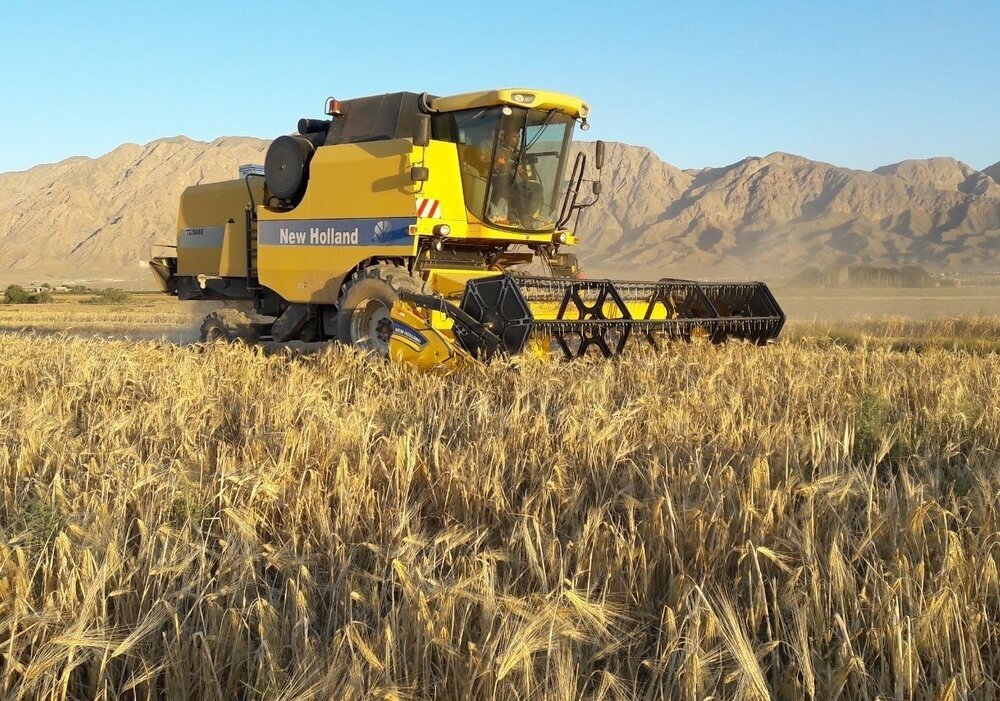Iran may need to import wheat as drought cuts harvest

TEHRAN - Secretary of the Iranian Parliament’s Agriculture Committee has said the country is going to need to import wheat in the current Iranian calendar year (started on March 21), since severe drought has significantly reduced the production of the strategic crop.
“Although our strategic wheat stocks are currently in good condition, it must be put on the agenda to meet the future needs through imports,” Zabihollah A’zami told IRNA on Friday.
According to the Agriculture Ministry data, so far 4,463,000 tons of wheat have been purchased from farmers, which is expected to reach a maximum of 4,600,000 tons, A’zami said, adding that this year’s production is significantly lower than the previous year.
The official further put the country’s minimum demand for wheat in the current year at six million tons and stressed: “latest statistics show that the country may need to import eight million tons of wheat this year.”
In recent years, due to self-sufficiency in wheat production and the supply of this strategic product by domestic farmers, wheat imports have been banned.
Iran’s wheat production exceeded 14 million tons in the previous Iranian calendar year 1399.
Over the past few years, the Agriculture Ministry has been implementing several programs for improving wheat production in the country.
Providing seed, pesticides, expert consultations, and technical supervision, as well as damage control programs like weed control, have been among the ministry’s programs for boosting wheat production.
The wheat harvest season is approximately 4.5 months in Iran starting in early April up to mid-August.
Based on the agriculture ministry data, Iranian farmers produced nearly 14.5 million tons of wheat in the Iranian calendar year 1398 (ended on March 20, 2020), 1.2 million tons more than the figure for its preceding year.
Iran’s wheat harvest has been enough to make the county self-sufficient in the production of this strategic crop over the past five years.
EF/MA
